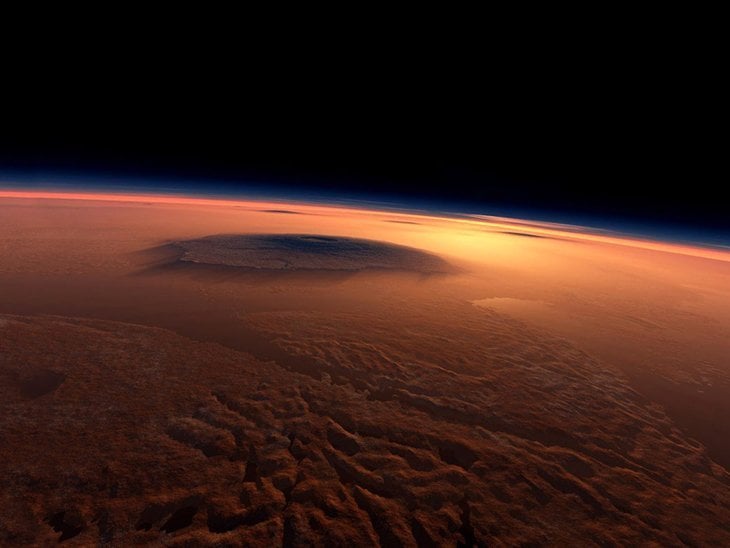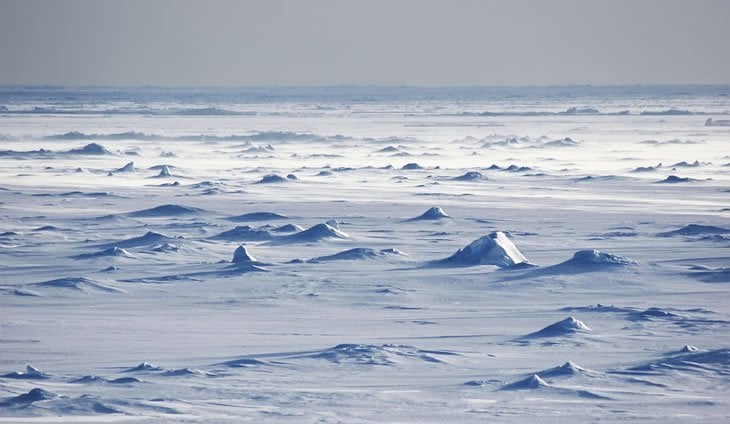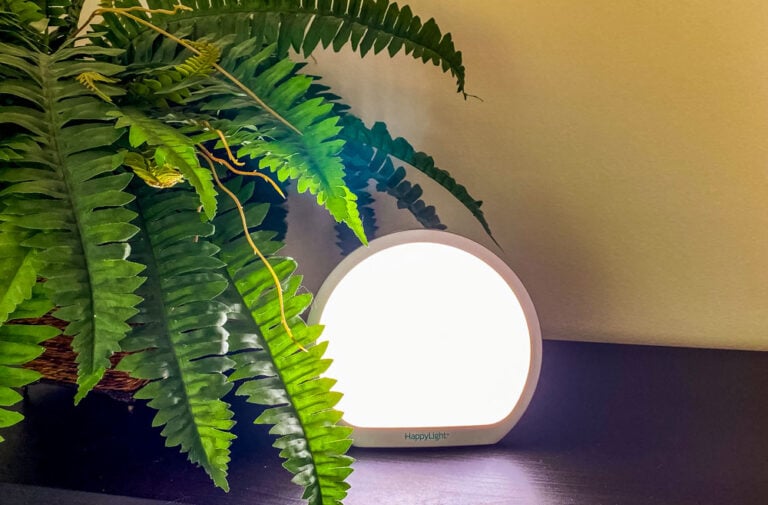Have you ever wondered why the sky is blue? I love learning new things and here I will explore the fascinating phenomenon of why the sky appears blue.
Whether you’ve pondered this question during a leisurely walk or found yourself curious about it just now, we’re here to provide you with a friendly and easy-to-understand explanation.
So, let’s satisfy your curiosity and uncover the secrets behind why the sky is blue!
Rayleigh Scattering
The phenomenon responsible for the blue color of the sky is known as Rayleigh scattering. When sunlight, which is completely white but yet contains all the colours of the spectrum, enters the Earth’s atmosphere, it encounters molecules, such as nitrogen and oxygen.

These molecules are much smaller than the wavelength of visible light and act as tiny obstacles for the light waves.
The shorter wavelengths of light, such as blue and violet, are more easily scattered by and bounce off these molecules compared to longer wavelengths of light like red and orange.
This scattering occurs in all directions, but it is more pronounced in the forward direction. As a result, when we look up at the sky, we see the scattered blue light coming from all parts of the atmosphere.
The rest of the colours with the longer wavelengths, green, red, yellow etc comes straight at us and we don’t physically see them. They are unscattered and still mixed together so remain white.
However we do see these colours, sometimes, for example when it rains and the droplets act as a prism creating a rainbow. Then all the colours in the sun’s light show themeselves.

The human eye picks up violet and indigo a lot harder than blue so the blue generally wins in what we see from the two colours. Lots more on that shortly.
Why is the Blue Sky Paler near the Horizon?
You may have noticed when we take a photograph on a clear blue sky day, that the sky is a lot paler near the horizon than it is above us.

The appearance of the sky is influenced by both distance and angle. As the distance between us and the sky increases, the colour tends to transition from a vibrant blue to a paler hue.
This extra distance means the blue and violet wavelengths have been scattered a whole lot more before they get to our eyes and thus the white gains more of a foothold.
The lower angles often result in warmer tones and higher angles offering a cooler, more vivid blue. These variations in distance and angle contribute to the ever-changing beauty of the sky above us.
The Human Eyes At Work
The biology of the human eye is a marvel we take for granted. It works and does its magic to allow us to see the beauty of the world around us.
Why then, do we not see violet and indigo in the sky if it is being scattered around like the blue wavelengths? We know it is there because it appears in rainbows?
Well our retinas have evolved through history to have 3 colour receptors, red, blue and green. The primary colours. As we look at the blue, violet and indigo that the visible sky has, our eyes adjust it to show the primary colour, blue. The brain tells us we are seeing blue.
Does Your Dog See The Blue Sky?
Interestingly dogs eyes only have 2 receptors. Blue and yellow. So they can enjoy a lovely blue sky with you but when you sit to watch a sunset it can’t see the gorgeous pinks and reds.
This is also why your dog loses red toys in green grass. I really don’t know why they make so many toys in red. Anything yellow and blue it can see more clearly. Everything else is grey, mucky yellow or black to a dog.
Even a yellow tennis ball will be hard to find for them in the green grass that appears yellowy grey to them. Smarter dog toy companies use blue as that makes it so clear to a dogs eyes.

Sunrise And Sunset More Red
During sunrise and sunset, the path that sunlight takes through the atmosphere is even longer. This causes even yet more scattering of the shorter blue and violet wavelengths. And thus taking more blues out of the line of sight.
This allows some of the longer wavelengths of light through resulting in the sky appearing red or orange.

At sunset, the sky’s colors can range from vibrant hues of red, orange, and pink. This happens due to atmospheric scattering, where the longer wavelengths of light, such as red and orange, are scattered more than the shorter blue and violet wavelengths.
So Why Is The Ocean Blue?
And no, the seas and oceans are not blue because it reflects the sky.
In short we are back into wavelengths of the differing colours. Water absorbs all the red, orange and yellow wavelengths and leaves the blue wavelengths to penetrate the water more and reflecting that colour back to our eyes.

However, say in a glass of water we have poured, there is simply not enough water for light to penetrate so it remains clear of colour. The same reason for why in shallow waters it is less blue or it is crystal clear.
Why Is The Sky On Mars Red?
The Mars sky is blue. But, we have all seen the images sent back from Mars via the rovers out there. The sky is red?
This is not the sky but all the iron dust in the Martian atmosphere that has been whipped up by storms. The Mars sky without these dusty storms would be, blue! A very very dark blue though because the planet has less of an atmosphere to scatter the blue wavelegths as much.
Conclusion
In conclusion, the blue colour of the sky can be attributed to the scattering of sunlight by molecules in the Earth’s atmosphere.
During the day, the sky appears blue because shorter blue wavelengths are scattered more than other colors. At sunset, the sky turns red where the longer red wavelengths are scattered the least.
Our eyes perceive the sky as blue without the indigos and violets because the blue cones in our retinas are more sensitive to blue light.
So next time you gaze at the sky or the ocean, remember the fascinating science behind their beautiful blue hues!
You may also like:








